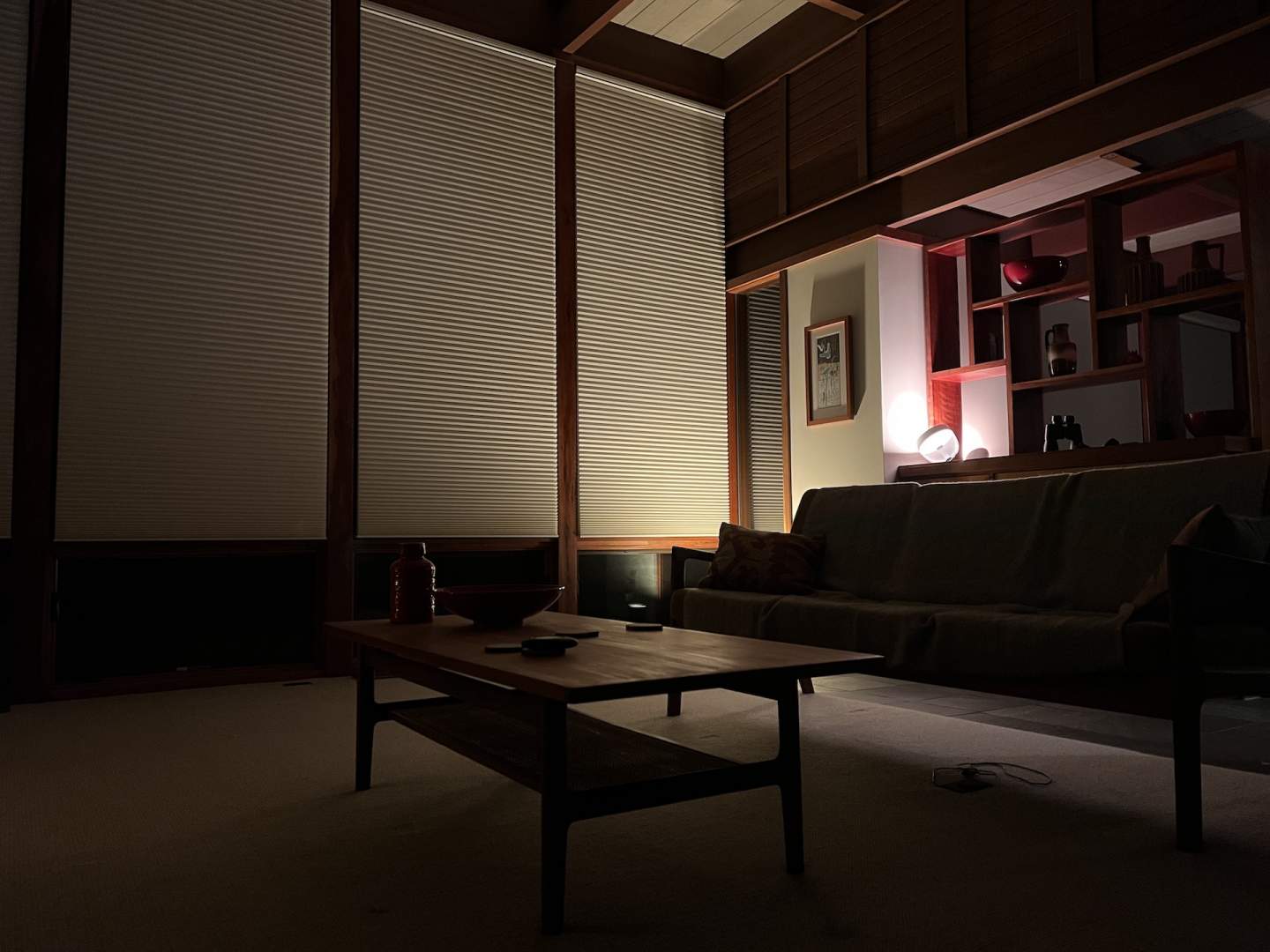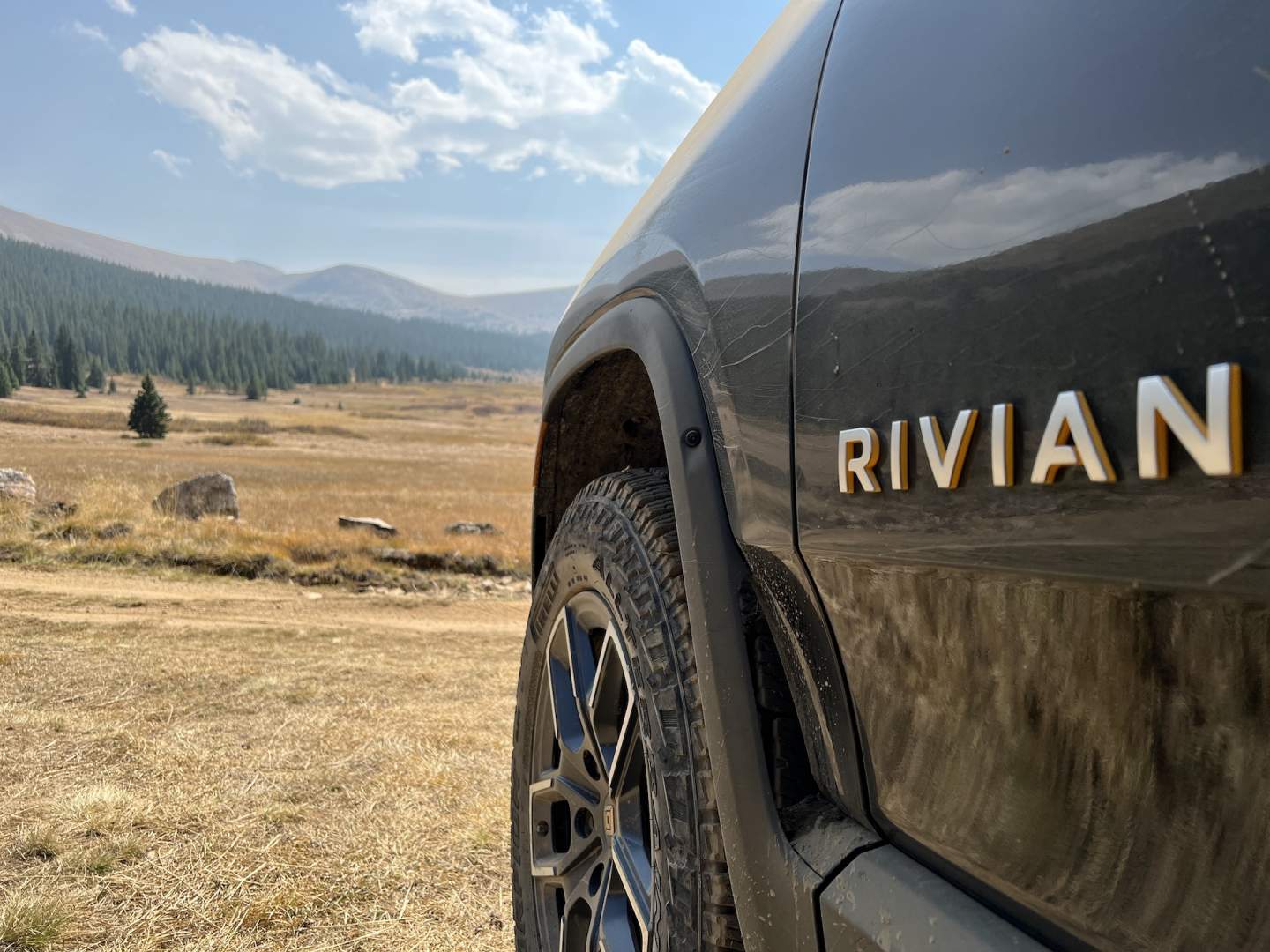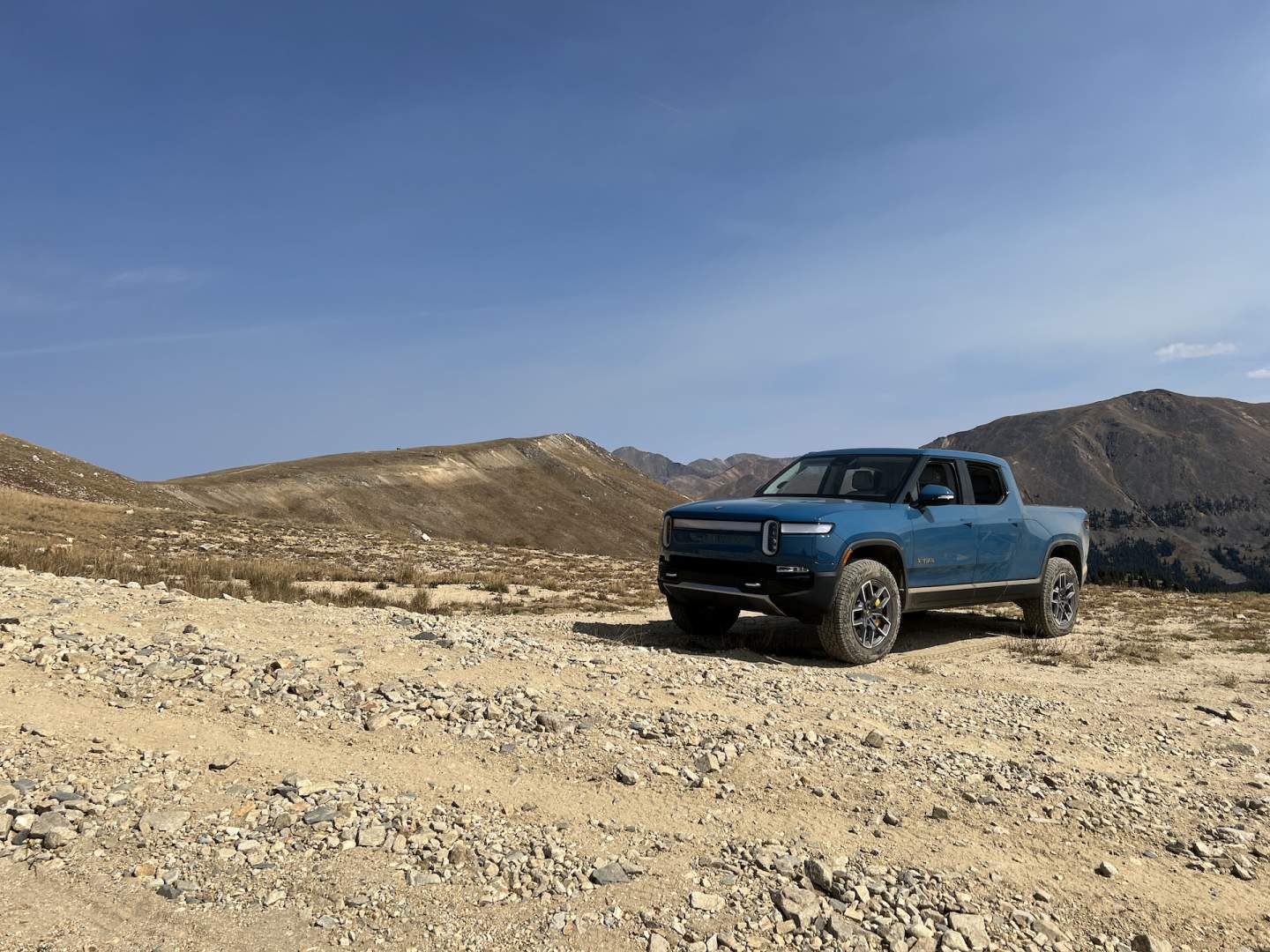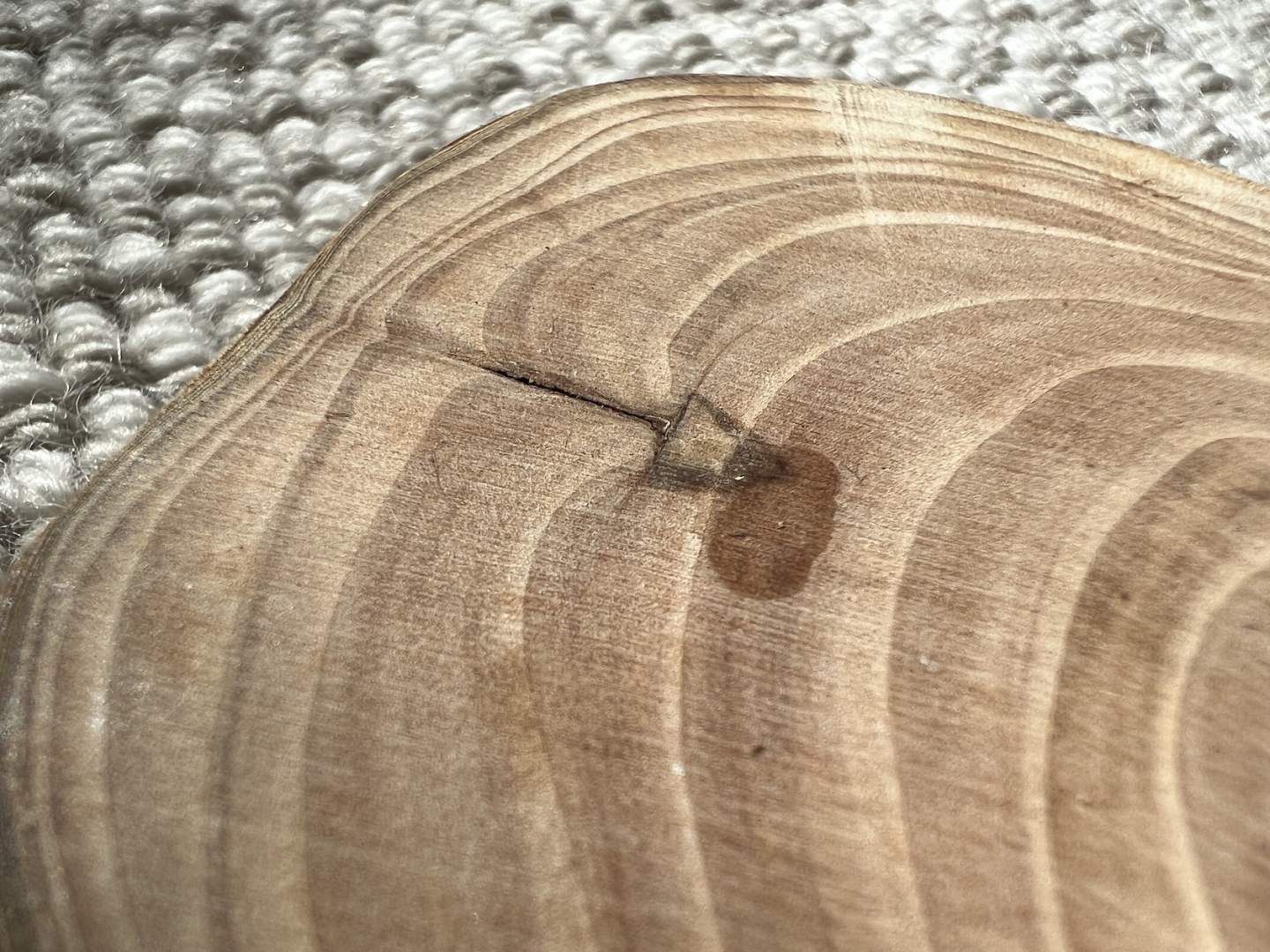iPhone 13 Pro Review - Beyond The Glitter
- Excellent 120Hz display
- Great battery life
- Flexible and reliably-good cameras
- A15 Bionic and iOS 15 are fast and responsive
- Not inexpensive
- Cinematic mode feels more consumer, less pro
Great cameras, great performance, a great screen, and a great battery to power it all: Apple's recipe for the iPhone 13 Pro is fairly straightforward this year. Then again, like some of the best meals, simplicity can be the hardest thing to achieve. The iPhone 13 Pro and iPhone 13 Pro Max aren't short on fancy garnish, but the biggest question is whether, at their core, they're enough to sate your appetite for a not-inexpensive upgrade.
This year, Apple's halo color is Sierra Blue, a rather fetching pale metallic blue with matching tint to the polished metal edge. There's also Silver and Graphite, plus a slightly different Gold to last year's finish. The front gets Ceramic Shield glass, the stainless steel band is surgical-grade, and there's IP68 water and dust resistance. Even with all that, you'll almost certainly want to cosset its glass and metal in a case, and since the camera cluster is larger than last year you won't be able to use your iPhone 12 Pro case again.
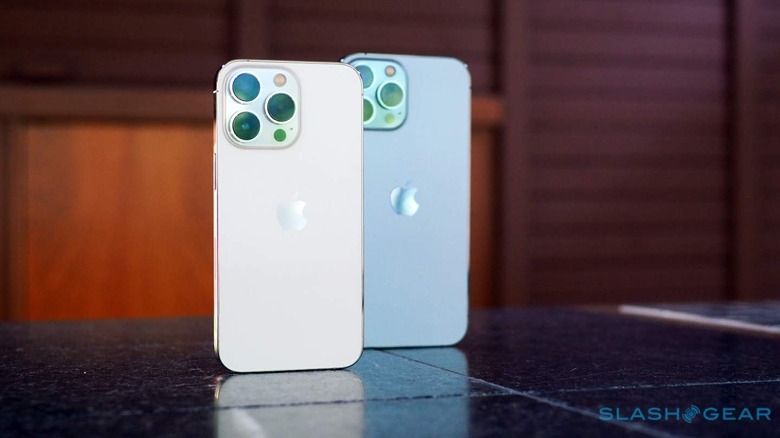
On the front is one of the iPhone 13 Pro's big selling points, the new ProMotion display. Apple's 120Hz panels have been an iPad Pro feature for some time now, but this is the first time we've seen the tech arrive on its smartphones. Much as with Android devices with high refresh rate screens, scrolling, games, and fast-moving graphics look silkily smooth and generally pleasing on the new panel.
Arguably just as important, though, is how slow ProMotion can go. The standard iPhone 13 screen has a 60Hz refresh rate, but while the iPhone 13 Pro's panel can crank up to 120Hz, it can also drop to as low as 10Hz, depending on what's on-screen. When you're using apps that don't need such a rapid rate, then, iOS can save on power.
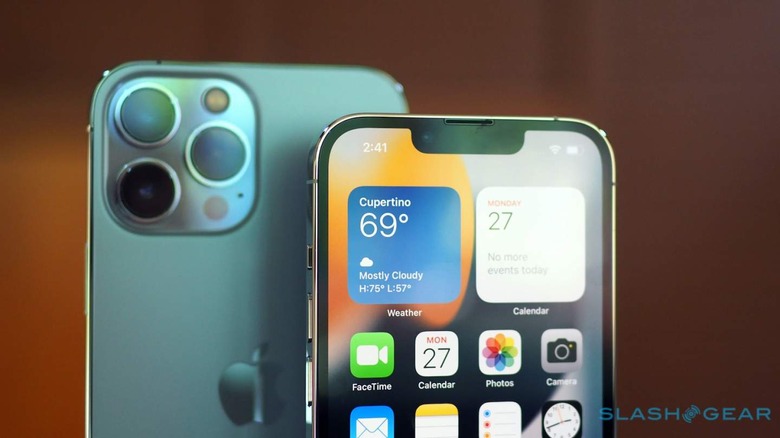
It's part of the reason that the iPhone 13 Pro's battery life has improved, and things should get even better there as third-party apps add full support for ProMotion. You don't notice the change in refresh rate in daily use, just how cleanly lists and such scroll as you whip your finger across the 6.1-inch or 6.7-inch Super Retina XDR OLED display.
As usual they're beautiful panels, color-rich and automatically adjusting – via True Tone – to the ambient light conditions. They also show off the iPhone 13 Pro's new camera talents well.
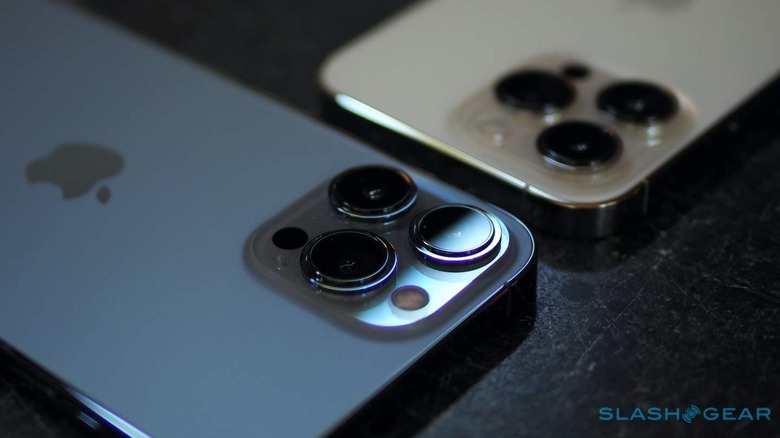
Like last year, you get three rear cameras: wide, ultra-wide, and telephoto. Each has been improved for 2021, though. There's now optical image stabilization on every lens, the zoom is 3x optical, every camera supports Night mode, and the wide and ultra-wide sensors are physically larger and have bigger apertures for a greater appetite for light. Macro support has been added, along with a brace of computational photography features for both stills and video.
The wide camera will probably see the most use, and its f/1.5 aperture, seven-element lens is paired with a significantly larger sensor. Last year, iPhone 12 Pro Max buyers got a bigger sensor than those with an iPhone 12 Pro, but this time around it's the same regardless of the size of phone you pick. The result is a claimed 49-percent more light-gathering versus the iPhone 12 Pro Max, and a hefty 2.2x improvement versus the iPhone 12 Pro.
That pays dividends across the board. In low light conditions, there's more detail and clarity, and less noticeable grain; in brighter circumstances, the iPhone can snap its shots faster, reducing the likelihood of blur for fast-moving subjects. The ultra-wide, meanwhile, now has autofocus, and more expansive shots look crisper as a result. I've never been as much a fan of ultra-wide cameras as I am of telephoto, but the iPhone 13 Pro Max is threatening to change my mind.
The ultra-wide is also used for the new macro mode, with the iPhone 13 Pro automatically switching over as you get close to a subject. Given decent lighting you can get some great images, from as close as about an inch away, but it's worth noting that – until Apple pushes out an update expected later in the year – you can't deactivate macro mode. That means, if you'd rather use the wide camera instead, you have to temper how close you are to avoid iOS from switching sensors by itself.
As for the 3x optical telephoto, that's even more useful than the old 2x zoom. Lower levels of Apple's digital zoom are perfectly serviceable, too. There's talk of future iPhone adding longer-reach periscope zoom lenses, but honestly this current setup is more than enough for most people in day to day use. I even ended up using the iPhone 13 Pro Max for many of my Rivian R1T photos and videos.
For video, there's up to 4K/60 Dolby Vision HDR recording, or – after an update – ProRes video recording at up to 4K/30fps. That's if you have anything but the lowest-capacity iPhone 13 Pro: if you opt for the 128GB model, your ProRes support is capped at 1080p/30. Honestly, ProRes is nice but I suspect most people are never going to take advantage of it.
What they're much more likely to play with is Cinematic mode. Apple describes it as a far easier to use version of the focus racking that professional videographers rely on expensive camera rigs to achieve; it's probably easier to think of it as Portrait mode but for video. Like Portrait stills, the subject is crisp while the background gets a shallow depth of field effect; you can tap different subjects to smoothly switch that blurring, or leave Cinematic mode to intelligently switch by itself depending on what it thinks the most likely subject is.
That intelligence works reasonably well, generally speaking. The nice thing about Cinematic mode is that you can change the focal points later on: since the bokeh is artificially added, you can edit the clip and change the subject. The editing there is fairly powerful, too, with support for multiple transition points in each video; eventually, there'll be support for the same in iMovie and Final Cut Pro.
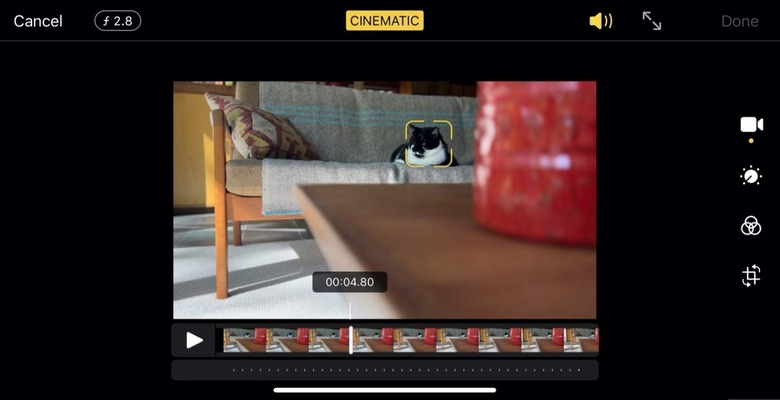
Cinematic mode isn't perfect. Footage is capped at 1080p/30fps, it struggles in lower light situations, and the editing process can be fiddly. While Apple is pitching it as a "pro" feature, it feels more like a consumer plaything to me. That's no slight, mind: I had more fun than I expected making artsy clips of my cat.
On the front, the notch is now slimmer than before – I'm one of those people who now doesn't even really see it, I'm so used to it, though I know some people get very upset about how much space it occupies – but you still get a 12-megapixel camera, Cinematic mode support, 4K HDR Dolby Vision recording, and Smart HDR 4 still capture.
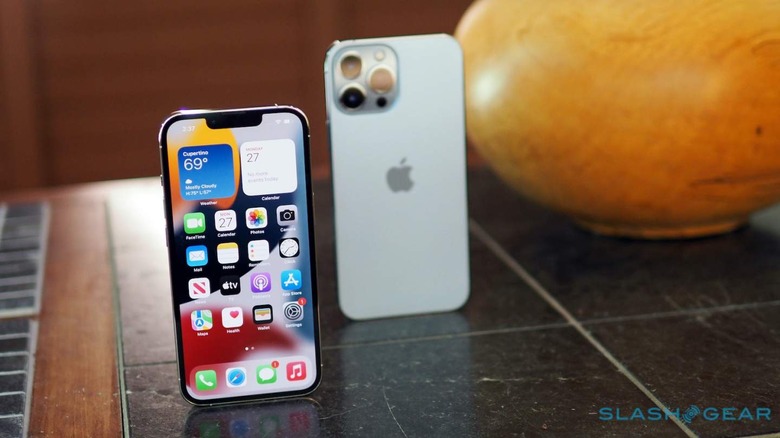
Like those on the rear, the TrueDepth camera also works with Apple's new Photographic Styles: effectively smart filters which adjust the tone and warmth settings in what the company says is a more intelligent way than your average Instagram filter. I found myself thinking of them more like glass filters you'd screw onto the lens of a DSLR, since you select them before capture not afterwards, and you can't switch between them later one (or, for that matter, turn them off on already-captured shots).
Face ID remains, of course, and the absence of a Touch ID fingerprint sensor is as frustrating as it has been over the past 18 months or so. If you have an Apple Watch, you can turn on the smartwatch unlock setting to work around Face ID's struggles with face masks, but it's hard not to look enviously over at the new iPad mini's power button with its integrated fingerprint scanner.
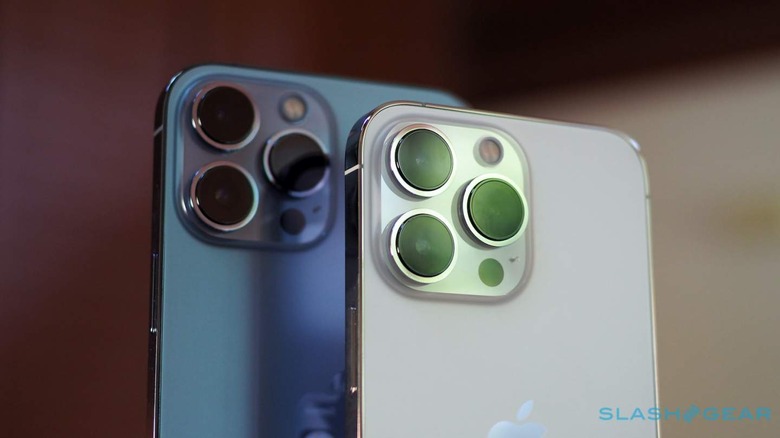
Like the iPad mini (6th gen), the iPhone 13 Pro uses the latest Apple A15 Bionic chipset, with six CPU cores and five GPU cores. That's one more GPU core than in the iPhone 13 and iPhone 13 mini. I have no complaints about how fast iOS 15 runs as a result, but I was more interested in battery life.
That's something last year's iPhones saw mixed results with. The iPhone 12 Pro and iPhone 12 Pro Max weren't quite as problematic as the iPhone 12 mini was when it came to lasting a full day, but Apple is highlighting how much longer this year's handsets should run. Partly that's down to optimizations in software, and partly just from a physically larger battery in each phone this time around.
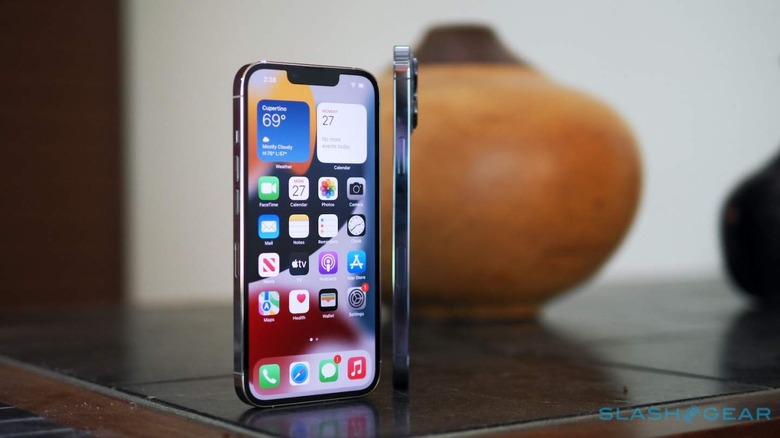
A full day is no problem with either the iPhone 13 Pro or iPhone 13 Pro Max. I shot masses of video and photos with the larger of the two on my Rivian drive, and used it as a hotspot with my MacBook Pro, and still had power left at the end of the day. I'm not going to say you can't get yourself into a situation where a mid- to late-evening charge could be needed, but you'd really have to be hammering it to make that sort of dent.
There were times when I could've plugged in for an outlet, but allowed myself the laziness of not pulling a Lightning cable out of my bag because I was confident enough in how long the iPhone 13 Pro would last. That's the sort of cautionary top-up I'd not have skipped with last year's handset.
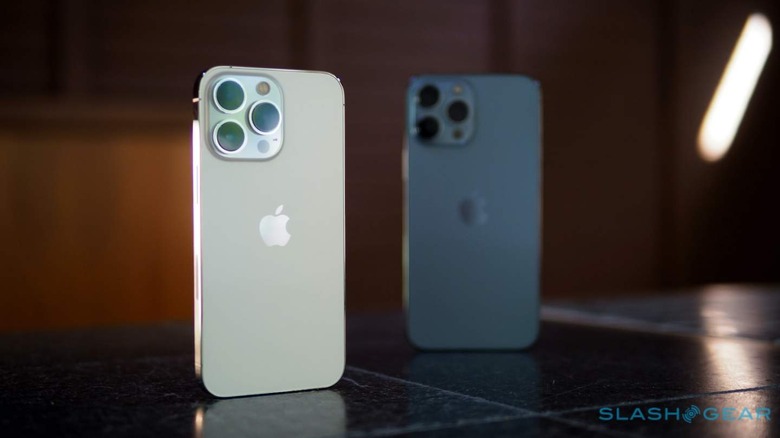
Like last year, there's support for MagSafe charging, and the usual complaints that Apple hasn't switched to USB-C. I agree that it's annoying, and I also suspect it will never happen: the iPhone will probably go completely port-free before that happens. MagSafe charging remains convenient, and there's now a new leather wallet which has an NFC chip to warn you if you're about to walk away from your credit cards. That only works with the iPhone it's paired with, mind, not the whole Find My network that AirTags can tap into.
iPhone 13 Pro Verdict
Look, if you have an iPhone 12 Pro or iPhone 12 Pro Max, you should probably sit 2021's update out. Apple may not have used its "S" branding, but the iPhone 13 Pro is the epitome of evolutionary change. Improved, sure, but only those utterly addicted to life on the (expensive) bleeding edge should upgrade from last year's models.
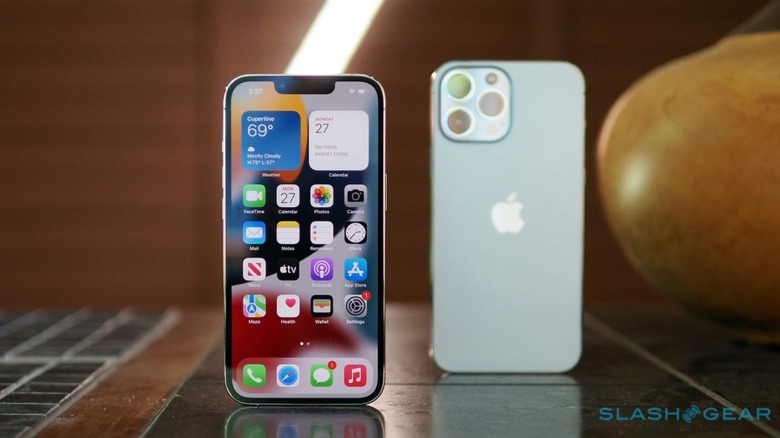
Anybody with an older iPhone, though, should give the iPhone 13 Pro serious consideration. Even if the fancier camera tech isn't swaying you, the core hardware improvements in Apple's sensors makes a noticeable difference. iOS 15 is showcased at its best on the excellent ProMotion display and the punchy A15 Bionic chipset, and the battery improvements mean that experience won't expire prematurely.
Do I wish it didn't start at $999 for the iPhone 13 Pro, $1,099 for the iPhone 13 Pro Max, and that Apple would deign to include a charger in the box? Sure, but the reality is that we're well into the age of four-figure flagships, and I suspect anybody buying a "Pro" phone knows they'll pay handsomely for the privilege. While the iPhone 13 probably remains "enough" for most, the iPhone 13 Pro's improvements make it the clear aspirational choice.


